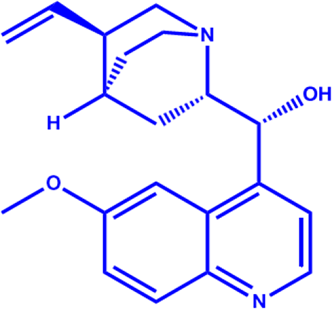Fuel Values of Foods and Other Substances
The food we eat is broken down, or metabolized, in stages by a group of complex biological molecules called enzymes. Most of the energy released at each stage is captured for function and growth. One interesting aspect of metabolism is that the overall change in energy is the same as it is in combustion. For example, the total enthalpy change for the conversion of glucose (C 6 H 12 O 6) to carbon dioxide and water is the same whether we burn the substance in air or digest it in our bodies:
C6H12O6(s)
+ 6 O2 (g) → 6CO2 (g)
+ 6 H2O (l)
ΔH
= - 2801 kJ/mol
The important difference between metabolism and combustion is that the latter is usually a one-step, high-temperature process. Consequently, much of the energy released by combustion is lost to the surroundings. Various foods have different compositions and hence different energy contents. The energy content of food is generally measured in calories. The calorie (cal) is a non-SI unit of energy that is equivalent to 4.184 J:
1 cal = 4.184 J
In the context of nutrition, however, the calorie we speak of (sometimes called a “big calorie”) is actually equal to a kilocalorie; that is,
1 Cal = 1000 cal = 4184 J
Note the use of a capital “C” to represent the “big calorie.”
The bomb calorimeter is ideally suited for measuring the energy content, or “fuel value,” of foods. Fuel values are just the enthalpies of combustion. In order to be analyzed in a bomb calorimeter, food must be dried first because most foods contain a considerable amount of water. Because the composition of particular foods is often not known, fuel values are expressed in terms of kJ/g rather than kJ/mol.
Fuel
values of foods and some common fuels.
|
Substance |
ΔH COMBUSTION (kJ/g) |
|
Apple |
-2 |
|
Beef |
-8 |
|
Beer |
-1.5 |
|
Bread |
-11 |
|
Butter |
-34 |
|
Cheese |
-18 |
|
Eggs |
-6 |
|
Milk |
-3 |
|
Potatoes |
-3 |
|
|
|
|
Charcoal |
-35 |
|
Coal |
-30 |
|
Gasoline |
-34 |
|
Kerosene |
-37 |
|
Natural gas |
-50 |
|
Wood |
-20 |
The
labels on food packages reveal the calorie content of the food inside.


Comments
Post a Comment